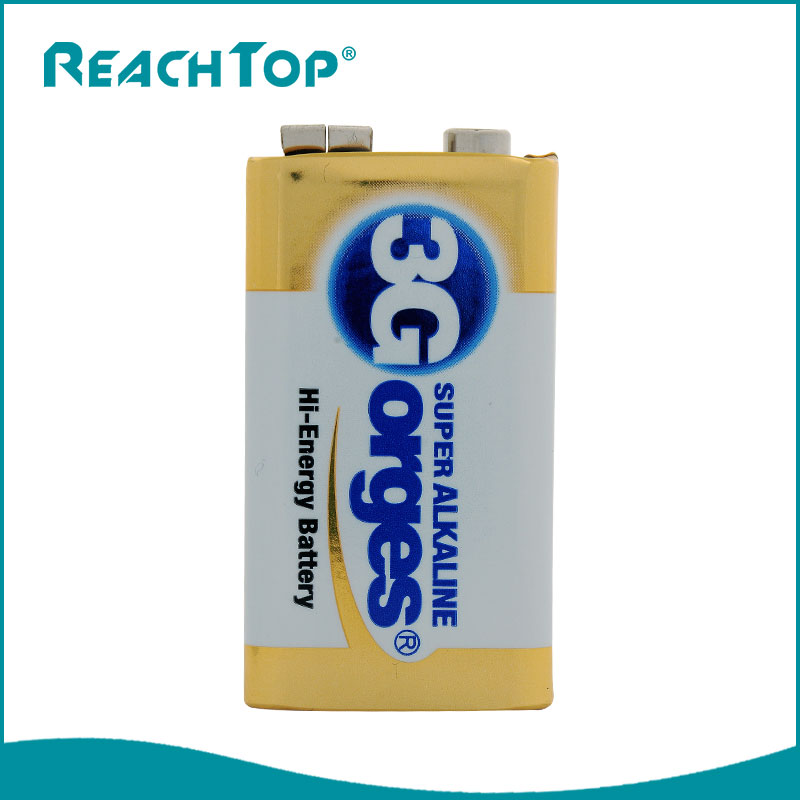Historien om tørre batterier
2021-07-31
I dag, når alkaliske zink-mangan batterier kan ses overalt, udviklingen aftørre batterierhar gennemgået en lang udviklingsproces. Fra det indledende pasta-type zink-mangan-tørbatteri til det nuværende alkaliske zink-mangan-tørbatteri har det været igennem 4 generationer.
Pasta-type zink-mangan tørt batteri består af zinkcylinder, elektropastelag, mangandioxid-positiv elektrode, kulstang, kobberhætte osv. Det yderste lag er en zinkcylinder med en kulstang i midten; omkring kulstangen er en blanding af mangandioxidpulver og ledende materiale, som sammen med kulstangen udgør batteriets positive elektrodelegeme. For at undgå fordampning af fugt forsegles den øverste del af det tørre batteri med paraffin eller asfalt.
Cardboard zinc-manganesetørre batterier are improved on the basis of paste-type zinc-manganesetørre batterier. It is based on high-quality kraft paper that does not contain metal impurities. The surface is coated with a prepared paste, and then dried to make cardboard. The actual discharge capacity of cardboard-type zinc-manganesetørre batterier is 2 to 3 times higher than that of paste-type zinc-manganesetørre batterier. Most of thetørre batterier marked with "high performance" are cardboard
Den laminerede zink-mangantørt batteri is composed of several compact flat-shaped single cells stacked together. Each single cell is composed of a plastic shell, zinc skin, conductive film, diaphragm paper, and carbon cake. Laminated zinc-manganese tørt batteri minus the trouble of series combination of paste-type tørt batteri, its structure is compact, the volume ratio is large, but the storage life is short and the internal resistance is large, so the discharge current should not be too large.
Alkaline zinc-manganese tørt batteri, abbreviated as alkaline battery, its electrolyte is gelatinized by amalgamated zinc powder, potassium hydroxide solution and some sodium carboxymethyl cellulose. Alkaline zinc-manganese tørre batterierkan arbejde ved en temperatur på -20 ° C og kan aflade ved en stor strøm. Det kan oplades og aflades i mere end 40 cyklusser, men dyb afladning er ikke tilladt før opladning, og ladestrømmen og spændingen ved afslutningen af opladningsperioden skal kontrolleres nøje.
At present, the alkaline battery is the most widely used primary tørt batteri, and it may be reused for the second time in the future. As a big country in battery production and consumption, after a long process of evolution, tørre batterierhar gennemført transformationen fra primitiv tilbageståenhed til verdens førende niveau og indvarslet en smuk æra med ny energi.
Pasta-type zink-mangan tørt batteri består af zinkcylinder, elektropastelag, mangandioxid-positiv elektrode, kulstang, kobberhætte osv. Det yderste lag er en zinkcylinder med en kulstang i midten; omkring kulstangen er en blanding af mangandioxidpulver og ledende materiale, som sammen med kulstangen udgør batteriets positive elektrodelegeme. For at undgå fordampning af fugt forsegles den øverste del af det tørre batteri med paraffin eller asfalt.
Cardboard zinc-manganesetørre batterier are improved on the basis of paste-type zinc-manganesetørre batterier. It is based on high-quality kraft paper that does not contain metal impurities. The surface is coated with a prepared paste, and then dried to make cardboard. The actual discharge capacity of cardboard-type zinc-manganesetørre batterier is 2 to 3 times higher than that of paste-type zinc-manganesetørre batterier. Most of thetørre batterier marked with "high performance" are cardboard
Den laminerede zink-mangantørt batteri is composed of several compact flat-shaped single cells stacked together. Each single cell is composed of a plastic shell, zinc skin, conductive film, diaphragm paper, and carbon cake. Laminated zinc-manganese tørt batteri minus the trouble of series combination of paste-type tørt batteri, its structure is compact, the volume ratio is large, but the storage life is short and the internal resistance is large, so the discharge current should not be too large.
Alkaline zinc-manganese tørt batteri, abbreviated as alkaline battery, its electrolyte is gelatinized by amalgamated zinc powder, potassium hydroxide solution and some sodium carboxymethyl cellulose. Alkaline zinc-manganese tørre batterierkan arbejde ved en temperatur på -20 ° C og kan aflade ved en stor strøm. Det kan oplades og aflades i mere end 40 cyklusser, men dyb afladning er ikke tilladt før opladning, og ladestrømmen og spændingen ved afslutningen af opladningsperioden skal kontrolleres nøje.
At present, the alkaline battery is the most widely used primary tørt batteri, and it may be reused for the second time in the future. As a big country in battery production and consumption, after a long process of evolution, tørre batterierhar gennemført transformationen fra primitiv tilbageståenhed til verdens førende niveau og indvarslet en smuk æra med ny energi.





